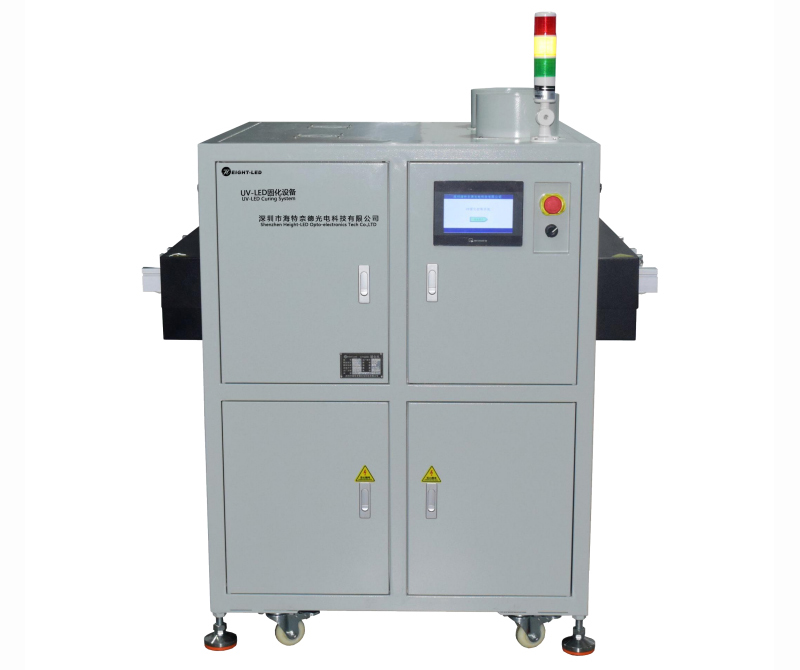

A lot of them are now replacing traditional mercury lamps with uvled lamps, so here's the question! Why is a uvled curing machine more popular than a mercury lamp? Today Hite Ned small to explain to you, uvled curing machine in addition to good use.
What other advantages are there?
uvled curing machine advantageous features are mainly the following.
1, flexible design: uv curing machine for personalized printing, packaging, personalized optics, 3D printing and other industries to provide a flexible personalized solutions.
2, saving energy: uvled curing machine compared to mercury lamps can effectively save about 80%.
3, green environmental protection: uvled curing machine as a new environmentally friendly curing method, does not contain mercury, no ozone emissions, no heavy metals have harmful substances. In the printing, painting and other industries to play the role of the source of governance.
4, long service life: the traditional mercury lamp needs to be replaced regularly, the lamp life is short and high cost; uvled curing machine without replacing the lamp, the service life is generally more than 20000 hours, and better stability.
5, improve production efficiency and yield: compared to mercury lamps and other curing methods, uvled curing machine curing faster (calculated in seconds), to adapt to automated production, can effectively improve production efficiency and yield.
Hite Ned uvled curing machine can achieve good cooling performance and shading, convenient for laboratory experiments, and have speed adjustment, height adjustment, light power adjustment, time adjustment and mesh width adjustment and other functions
Customers can choose between different irradiation areas, different irradiation powers and different irradiation times for testing and experimentation.